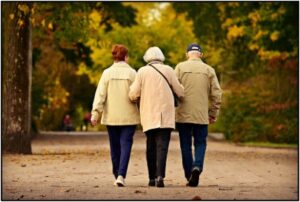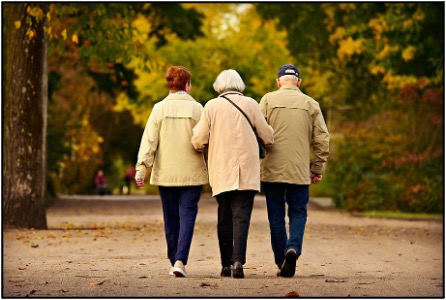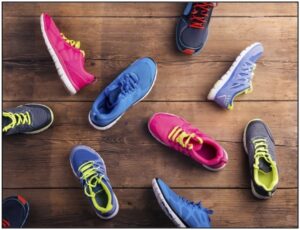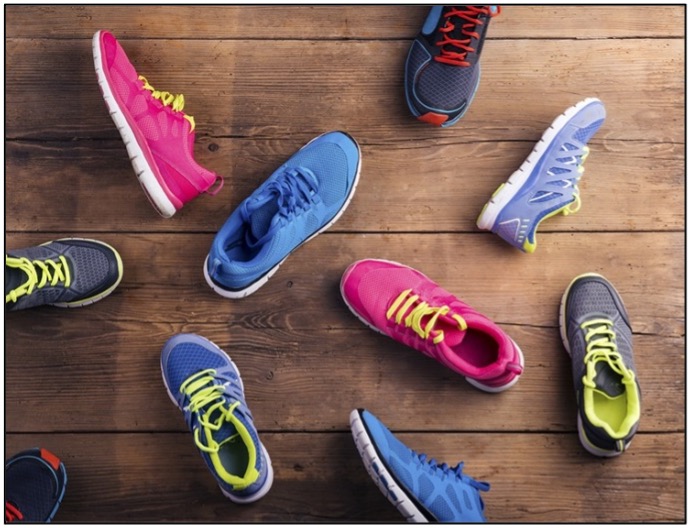But unemployment resulting from Covid could temporarily reverse that positive trend.
InvestmentNews – May 27, 2021 – By Mary Beth Franklin
The percentage of Social Security recipients who file for benefits at the earliest age of 62 has been declining steadily for decades. That’s a positive trend for American retirement security since benefits increase for each year a recipient postpones filing for Social Security up to age 70.

But the decline in applications at the earliest claiming age may be more dramatic than previously published Social Security Administration data suggest. A new study by the Center for Retirement Research at Boston College says a better metric for capturing claiming behavior over time when the population is aging is the share of all workers turning age 62 who claim at 62. The CRR researchers note that the number of men who turned 62 has more than doubled from 829,000 in 1997 to about 1.7 million in 2019.
“The growing number of 62-year-olds makes it look like age 62 claiming is more prevalent than it actually is,” CRR director Alicia Munnell and assistant director Anqi Chen explained in their paper, Pre-Covid Trends in Social Security Claiming.
“The number we are after is the percentage of people reaching age 62 each year who claim at that age,” they wrote. They refer to this measure as “cohort” data.
The official data published in Social Security’s Annual Statistical Supplement shows that 34% of women and 31% of men who claimed retirement benefits in 2019 were age 62. But the CRR alternative measure, based on unpublished Social Security data, shows a steeper drop, with just one in four individuals claiming at 62 in 2019, the latest year for which data are available.
The percentage of retirees claiming retirement benefits at the earliest age of 62 has been dropping gradually for decades, aside from a brief reversal during the Great Recession, after which earliest claim applications resumed their downward trend.
From 1985 through 2005, the proportion of women claiming at 62 hovered around 60%, then it gradually dropped to 34% by 2019. During the same period, the proportion of men claiming at 62 stayed around 55% and then declined gradually to 31% by 2019.
Individuals whose full retirement age is 66 can claim benefits as early as age 62, but benefits are reduced by 25% when they claim four years early. The consequences of claiming benefits at 62 will be even more significant as the full retirement age gradually increases to 67 for people born in 1960 and later. For those people, claiming benefits five years early at age 62 will result in a 30% cut in lifetime benefits.
This year marks a major change in Social Security claiming rules as the full retirement age increases to 66 and 2 months in 2021, the first increase in the full retirement age in a dozen years.
In 2019, the other most popular claiming age was 66. That year, 30% of women and 36% of men filed for Social Security retirement benefits at their full retirement age, when benefits are worth 100% of their earned amount and restrictions on earnings from a job disappear.
“The big news here is that not only has the percentage of 62-year-olds claiming at 62 declined dramatically, but those who forgo early claiming appear to wait to the full retirement age to claim benefits,” Munnell and Chen wrote.
Only 9% of men and 6% of women waited until age 70 to claim their maximum retirement benefits, according to the CRR analysis. Benefits increase by 8% per year for every year an individual postpones claiming beyond full retirement age up to age 70. It makes no sense to delay claiming Social Security beyond age 70 as that is when the delayed retirement incentives end.
A major question remains: How has the Covid-19 pandemic affected Social Security claiming age behavior? Preliminary reports indicate that some older workers who lost their jobs or were fearful of the virus turned to Social Security to replace lost income. But an official accounting won’t be available for another year. The purpose of the CRR analysis is to provide a baseline against which to assess Covid’s impact.
“Our reading of the early evidence is that Covid and the ensuing recession have not pushed large numbers into early retirement — perhaps because those most affected cannot afford to stop working,” the authors concluded. “Regardless of the ultimate impact, Covid is not likely to permanently reverse the trend towards later claiming.”







